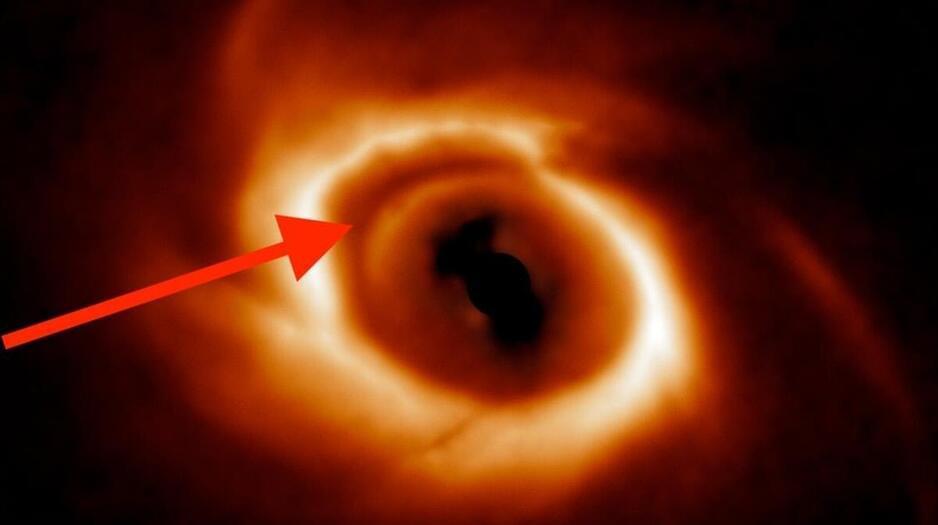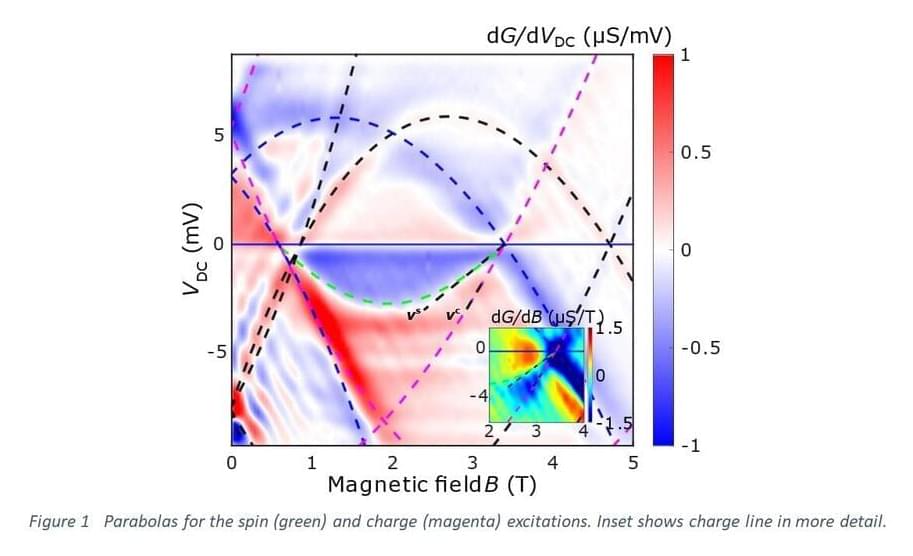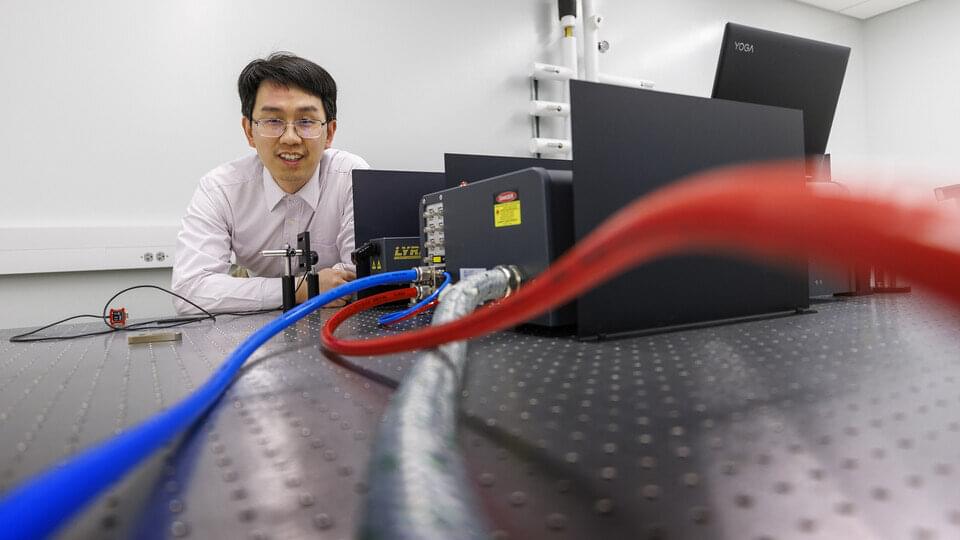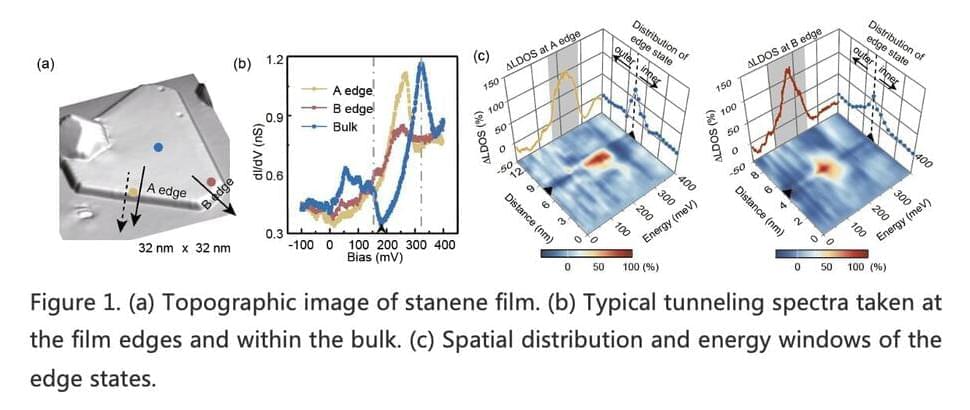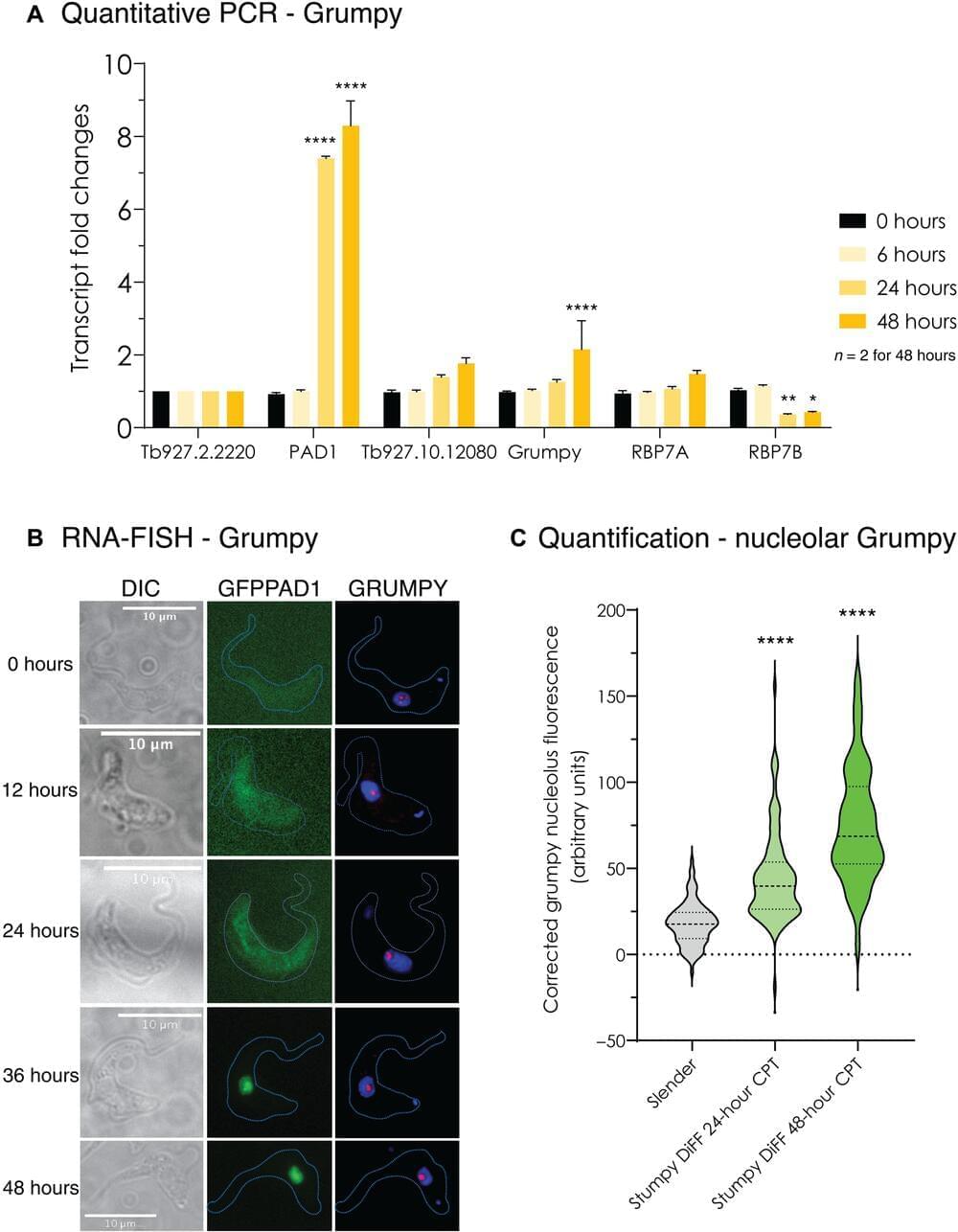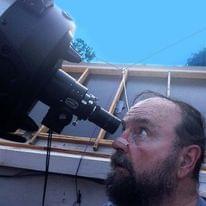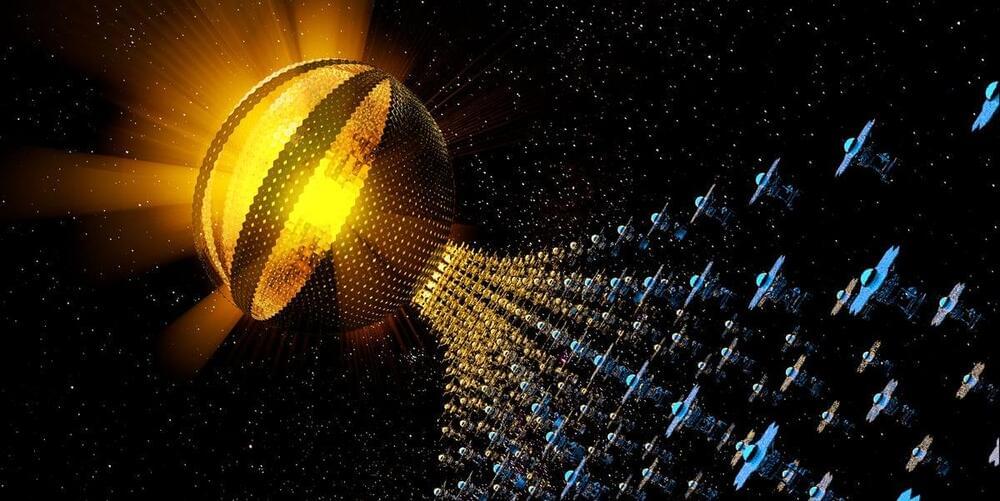Page 3790
Jun 17, 2022
Top 10 Experiments with GPT-3 Every Tech Enthusiast Should Try
Posted by Jose Ruben Rodriguez Fuentes in categories: biotech/medical, internet, law, robotics/AI
GPT-3 is a neural network machine learning model trained using internet data to generate any type of text. Developed by OpenAI, it applies machine learning to generate various types of content, including stories, code, legal documents, and even translations based on just a few input words. GPT-3 has been getting a lot of attention for the seemingly unlimited range of possibilities it offers. GPT-3 is also being used for automated conversational tasks, responding to any text. So here mentioned the 10 experiments with GPT-3.
Interviewing AI: Using the Chat preset within GPT-3 Playground you can ask the current entity about its personality. And while of your dialog, the GPT-3’s personality emerges. Note that after 2048 tokens there’s a hard cut, and you never will encounter the same personality setting again. It imitates a human person worrying about data privacy.
Doctor’s Assistant: The AI has been fed with patient files, describing their profile and symptoms in a few lines. The AI spontaneously makes suggestions of what the disease could be. GPT-3 got away with an impressive 8 out of 10 correct guesses. This could become amazing support to doctors, and a great tool to investigate.
Jun 17, 2022
A model for the automatic extraction of content from webs and apps
Posted by Saúl Morales Rodriguéz in categories: internet, robotics/AI
Content management systems or CMSs are the most popular tool for creating content on the internet. In recent years, they have evolved to become the backbone of an increasingly complex ecosystem of websites, mobile apps and platforms. In order to simplify processes, a team of researchers from the Internet Interdisciplinary Institute (IN3) at the Universitat Oberta de Catalunya (UOC) has developed an open-source model to automate the extraction of content from CMSs. Their associated research is published in Research Challenges in Information Science.
The open-source model is a fully functional scientific prototype that makes it possible to extract the data structure and libraries of each CMS and create a piece of software that acts as an intermediary between the content and the so-called front-end (the final application used by the user). This entire process is done automatically, making it an error-free and scalable solution, since it can be repeated multiple times without increasing its cost.
Jun 17, 2022
Electrons take the fast and slow lanes at the same time
Posted by Saúl Morales Rodriguéz in categories: particle physics, quantum physics
Imagine a road with two lanes in each direction. One lane is for slow cars, and the other is for fast ones. For electrons moving along a quantum wire, researchers in Cambridge and Frankfurt have discovered that there are also two “lanes,” but electrons can take both at the same time!
Current in a wire is carried by the flow of electrons. When the wire is very narrow (one-dimensional, 1D) then electrons cannot overtake each other, as they strongly repel each other. Current, or energy, is carried instead by waves of compression as one particle pushes on the next.
It has long been known that there are two types of excitation for electrons, as in addition to their charge they have a property called spin. Spin and charge excitations travel at fixed, but different speeds, as predicted by the Tomonaga-Luttinger model many decades ago. However, theorists are unable to calculate what precisely happens beyond only small perturbations, as the interactions are too complex. The Cambridge team has measured these speeds as their energies are varied, and find that a very simple picture emerges (now published in the journal Science Advances). Each type of excitation can have low or high kinetic energy, like cars on a road, with the well-known formula E=1/2 mv2, which is a parabola. But for spin and charge the masses m are different, and, since charges repel and so cannot occupy the same state as another charge, there is twice as wide a range of momentum for charge as for spin.
Jun 17, 2022
New device gets scientists closer to quantum materials breakthrough
Posted by Saúl Morales Rodriguéz in categories: computing, mathematics, quantum physics
Researchers from the University of Nebraska-Lincoln and the University of California, Berkeley, have developed a new photonic device that could get scientists closer to the “holy grail” of finding the global minimum of mathematical formulations at room temperature. Finding that illusive mathematical value would be a major advancement in opening new options for simulations involving quantum materials.
Many scientific questions depend heavily on being able to find that mathematical value, said Wei Bao, Nebraska assistant professor of electrical and computer engineering. The search can be challenging even for modern computers, especially when the dimensions of the parameters—commonly used in quantum physics—are extremely large.
Until now, researchers could only do this with polariton optimization devices at extremely low temperatures, close to about minus 270 degrees Celsius. Bao said the Nebraska-UC Berkeley team “has found a way to combine the advantages of light and matter at room temperature suitable for this great optimization challenge.”
Jun 17, 2022
Study observes the coexistence of topological edge states and superconductivity in stanene films
Posted by Saúl Morales Rodriguéz in categories: computing, particle physics, quantum physics
Stanene is a topological insulator comprised of atoms typically arranged in a similar pattern to those inside graphene. Stanene films have been found to be promising for the realization of numerous intriguing physics phases, including the quantum spin Hall phase and intrinsic superconductivity.
Some theoretical studies also suggested that these films could host topological superconductivity, a state that is particularly valuable for the development of quantum computing technology. So far, however, topological edge states in stanene had not been reliably and consistently observed in experimental settings.
Researchers at Shanghai Jiao Tong University, the University of Science and Technology of China, Henan University, Zhengzhou University, and other institutes in China have recently demonstrated the coexistence of topological edge states and superconductivity in one to five-layer stanene films placed on the Bi(111) substrate. Their observations, outlined in a paper published in Physical Review Letters, could have important implications for the development of Stanene-based quantum devices.
Jun 17, 2022
Researchers find gene that prompts the African sleeping sickness parasite to convert to its dormant phase
Posted by Saúl Morales Rodriguéz in category: biotech/medical
A team of researchers from Portugal, Israel, Poland and Spain has found the gene that prompts the parasite Trypanosoma brucei to change from its normal long, slender shape to one that is short and stumpy. In their paper published in the journal Science Advances, the group describes how they found the gene and their hope that doing so will lead to a cure for African sleeping sickness.
African sleeping sickness is caused by Trypanosoma brucei transmitted by tsetse fly bites. People afflicted initially show no symptoms, giving the parasite time to multiply. Eventually, it makes its way to the brain, leading to personality and behavioral changes and sleep disorders. If left untreated, it is fatal. Prior research has shown that once the parasite reaches a certain saturation point in the body, individual kinetoplastids begin to change shape from a long, slender appearance to a shorter and stumpier form. Researchers have been studying the transformation in hopes of determining a way to get the parasite to transform earlier, because in its stumpy form, it cannot reproduce. In this new effort, the researchers found the gene responsible for initiating the shift.
The researchers found the gene by taking a closer look at so-called junk DNA—parts of the genome labeled as non-coding, and thus not likely to be of use to researchers. They analyzed the RNA produced via instructions from the genome at such sites and found 1,428 possibilities, which they narrowed to 399. They were then able to find one they called “grumpy” by studying nearby genes that were already known to play a role in the process of transformation. They confirmed their find by artificially increasing the same type of RNA in a parasite sample in mice and found that it induced the change to the stumpy form.
Fri, Jun 17 at 7 PM CDT.
This Friday, June 17th at 8:00 pm, join us as we hear from AAI member Dr. Clif Ashcraft. Clif has his own observatories in his backyard. Learn how he built them and what beautiful images he has taken over the years!
Jun 17, 2022
Carbon Engineering-Occidental Petroleum Partnership to Build 70 to 135 Direct Air Capture Plants by 2035
Posted by Len Rosen in categories: engineering, sustainability
We’ll need thousands of these direct air capture plants or their equivalents from industry and nature to reduce atmospheric CO2.
Direct Air Capture, also known as DAC, is one of a number of carbon capture technologies seen as a way to mitigate the worst impacts of global warming. The technology harvests carbon dioxide (CO2) from ambient air. It is not an add-on to a coal-fired or natural-gas thermal power plant, but rather a standalone solution to removing CO2 from the atmosphere for the purpose of permanently sequestering it underground.
A leader in this form of carbon capture and sequestration (CCS) is Carbon Engineering, a Canadian-based company whose demonstration plant sits in Squamish, British Columbia. Bill Gates is an investor. And now Occidental Petroleum through its subsidiary 1PointFive has entered into a partnership to build and deploy a minimum of 70 or as many as 135 DAC plants like the one seen in the picture above by 2035.
Jun 17, 2022
Swarms of Satellites Around the Sun Could Supply Us With Unlimited Power
Posted by Jose Ruben Rodriguez Fuentes in categories: alien life, engineering, physics, satellites
This sci-fi megastructure has captivated big thinkers for decades. A leading expert in astrobiology tells us how to construct one.
The paper focused more on theory than engineering, and Dyson provided scant details on what such a megastructure might look like or how we might build one. He described his sphere only as a “habitable shell” encircling a star. But that was enough to captivate and inspire astrophysicists, scientists, and sci-fi writers. In some depictions, the Dyson Sphere, as it became known, appears as a massive ring encircling a star and reaching nearly to Earth. In others, the Sphere completely encases the sun, a hulking megastructure capturing every bit of that star’s energy. In addition to scientific works, Dyson Spheres have appeared in novels, movies, and TV shows—including Star Trek —as a home for advanced civilizations.
Dyson himself understood the challenges of constructing such a massive structure, and he was skeptical that it might ever happen. Nonetheless, his Sphere has stirred ambitious ideas about the future of our civilization, and it continues to be offered as a solution to some of humanity’s most dire dilemmas. Harnessing the total energy of our sun—or any star—would solve our immediate and long-term energy crisis, but when civilization gains access to the complete energy output of a star, meeting our terrestrial energy needs is just the beginning.
Continue reading “Swarms of Satellites Around the Sun Could Supply Us With Unlimited Power” »
